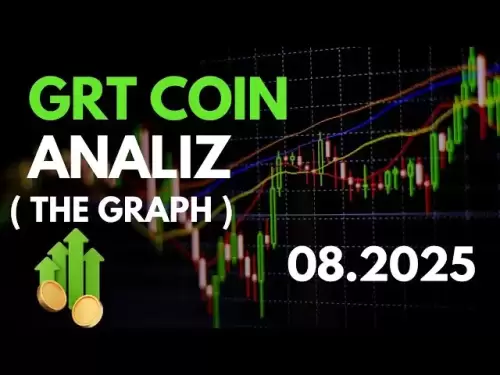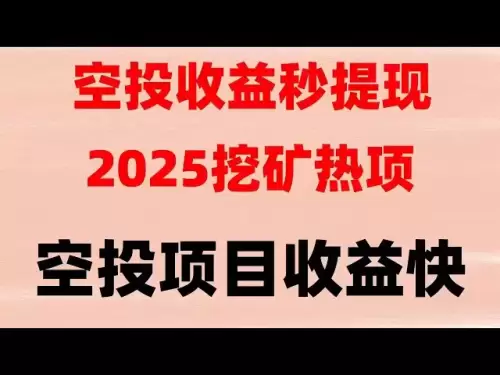-
 Bitcoin
Bitcoin $119300
2.40% -
 Ethereum
Ethereum $4254
-0.20% -
 XRP
XRP $3.184
-1.38% -
 Tether USDt
Tether USDt $1.000
0.00% -
 BNB
BNB $803.9
0.58% -
 Solana
Solana $183.1
1.50% -
 USDC
USDC $0.0000
0.01% -
 Dogecoin
Dogecoin $0.2339
-2.87% -
 TRON
TRON $0.3384
0.88% -
 Cardano
Cardano $0.8018
-0.29% -
 Hyperliquid
Hyperliquid $45.13
3.14% -
 Chainlink
Chainlink $22.10
0.96% -
 Stellar
Stellar $0.4439
-0.94% -
 Sui
Sui $3.875
-0.73% -
 Bitcoin Cash
Bitcoin Cash $570.7
0.24% -
 Hedera
Hedera $0.2589
-2.90% -
 Ethena USDe
Ethena USDe $1.001
-0.01% -
 Avalanche
Avalanche $23.83
-1.73% -
 Litecoin
Litecoin $123.8
2.61% -
 Toncoin
Toncoin $3.351
-1.13% -
 UNUS SED LEO
UNUS SED LEO $9.103
1.13% -
 Shiba Inu
Shiba Inu $0.00001356
-1.40% -
 Uniswap
Uniswap $10.93
-0.19% -
 Polkadot
Polkadot $4.057
-1.97% -
 Dai
Dai $1.000
0.01% -
 Cronos
Cronos $0.1646
4.66% -
 Ethena
Ethena $0.7974
8.11% -
 Pepe
Pepe $0.00001208
-2.89% -
 Bitget Token
Bitget Token $4.445
-1.70% -
 Monero
Monero $268.8
-2.00%
How to reduce transaction frequency?
To reduce transaction frequency, consider choosing a blockchain with lower fees and faster speeds, batching transactions, using sidechains or Layer 2 solutions, optimizing smart contract code, and employing a transaction aggregator.
Feb 23, 2025 at 04:42 am
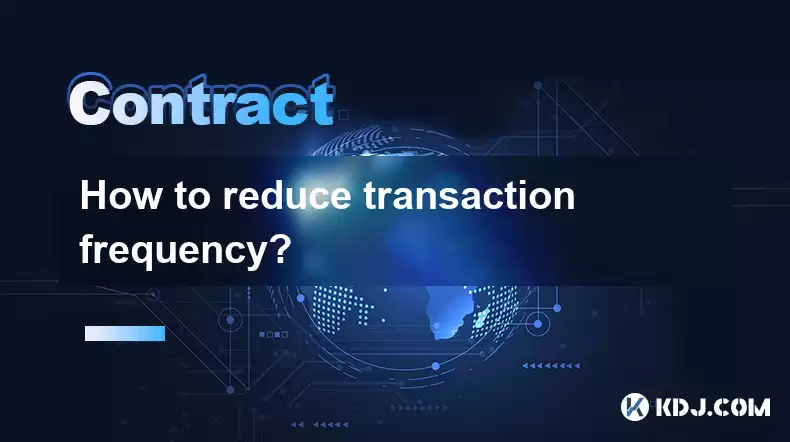
Key Points:
- Choose the right blockchain: Consider the transaction fees and block time of different blockchains.
- Batch transactions: Group multiple transactions together into a single batch to reduce fees.
- Use sidechains or Layer 2 solutions: Offload transactions to a secondary blockchain to free up the main chain and lower fees.
- Optimize smart contract code: Write efficient code to minimize gas consumption during transaction execution.
- Employ a transaction aggregator: Use a service that combines multiple transactions into a single batch to reduce fees.
How to Reduce Transaction Frequency:
1. Choose the Right Blockchain
Different blockchains have varying transaction fees and block times. For example, Ethereum has high fees and slow transaction speeds, while Solana and Avalanche offer lower fees and faster speeds. Choosing a blockchain with lower fees and faster speeds can significantly reduce transaction frequency and costs.
2. Batch Transactions
Batching transactions means combining multiple transactions into a single batch, which is then processed as one transaction. This technique reduces gas consumption and transaction fees because the gas cost is shared among all transactions in the batch. Batching is particularly useful for small, frequent transactions, as it can significantly lower the overall cost.
3. Use Sidechains or Layer 2 Solutions
Sidechains and Layer 2 solutions are secondary blockchains that operate parallel to the main blockchain. They offer faster and cheaper transactions while still providing the security of the main chain. By offloading transactions to these sidechains, you can reduce transaction frequency on the main chain and save on fees.
4. Optimize Smart Contract Code
Smart contracts can consume a significant amount of gas during execution, especially if the code is inefficient. To optimize smart contract code, consider the following tips:
- Use efficient data structures and algorithms
- Minimize the number of state variables
- Optimize gas usage through loop unrolling and code caching
- Test and profile your code to identify performance bottlenecks
5. Employ a Transaction Aggregator
Transaction aggregators are services that combine multiple transactions into a single batch to reduce fees. These services charge a small fee for their service, but it can still be more cost-effective than paying individual transaction fees. Transaction aggregators are particularly useful for high-volume transfers or users who frequently make small transactions.
FAQs:
What are the benefits of reducing transaction frequency?
- Lower transaction costs
- Faster transaction processing times
- Improved blockchain scalability
What are the different methods of reducing transaction frequency?
- Choosing the right blockchain
- Batching transactions
- Using sidechains or Layer 2 solutions
- Optimizing smart contract code
- Employing a transaction aggregator
What are the challenges of reducing transaction frequency?
- Technical complexity
- Potential security risks
- Availability of compatible solutions across different blockchains
Is it possible to completely eliminate transaction frequency?
- No, transaction frequency is an inherent aspect of blockchain technology, as it is used to maintain network security and consensus. However, it is possible to reduce it significantly using the techniques described above.
Disclaimer:info@kdj.com
The information provided is not trading advice. kdj.com does not assume any responsibility for any investments made based on the information provided in this article. Cryptocurrencies are highly volatile and it is highly recommended that you invest with caution after thorough research!
If you believe that the content used on this website infringes your copyright, please contact us immediately (info@kdj.com) and we will delete it promptly.
- BlockDAG's T6900 Crypto Presale Buzz: Is the $0.0016 Entry the Real Deal?
- 2025-08-11 09:08:47
- Animoca Brands' Cool Cats Investment: A Purr-fect Match for the NFT Future
- 2025-08-11 09:08:47
- XRP, Luminite Wallet, and DeFi Access: A New Era?
- 2025-08-11 09:08:47
- Dogecoin, SHIB Whales, and Meme Coins: What's the Latest?
- 2025-08-11 09:08:47
- Bitcoin's Wild Ride: Short Squeezes, $120K Dreams, and What It All Means
- 2025-08-11 09:08:48
- Crypto Treasury, Capital Shift, and Startup Raises: What's the Deal?
- 2025-08-11 09:08:48
Related knowledge
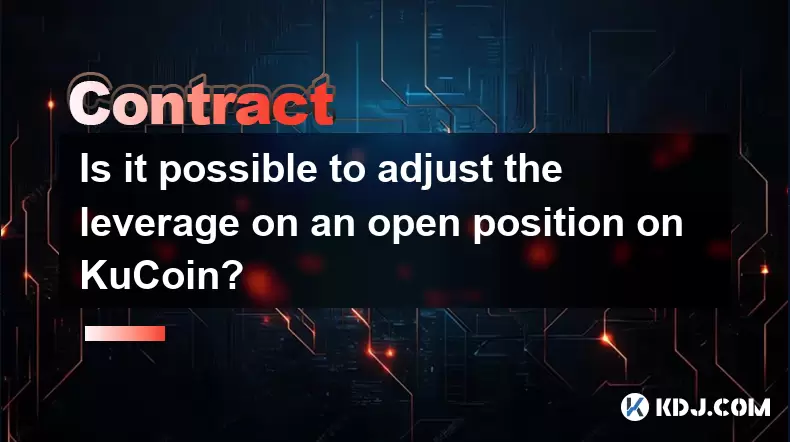
Is it possible to adjust the leverage on an open position on KuCoin?
Aug 09,2025 at 08:21pm
Understanding Leverage in KuCoin Futures TradingLeverage in KuCoin Futures allows traders to amplify their exposure to price movements by borrowing fu...

What cryptocurrencies are supported as collateral on KuCoin Futures?
Aug 11,2025 at 04:21am
Overview of KuCoin Futures and Collateral MechanismKuCoin Futures is a derivatives trading platform that allows users to trade perpetual and delivery ...
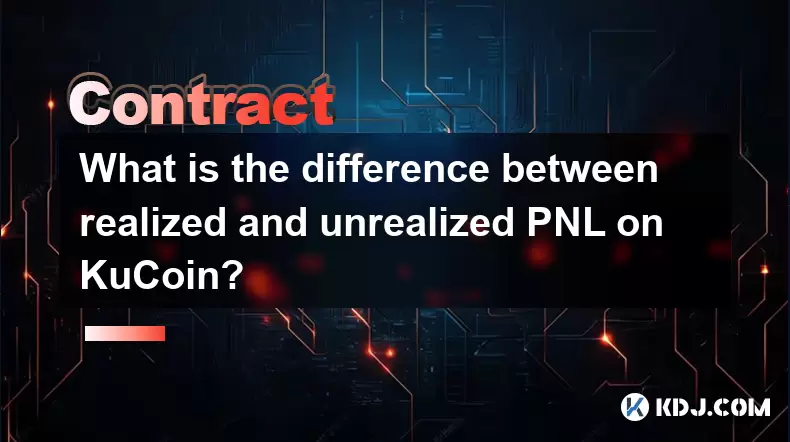
What is the difference between realized and unrealized PNL on KuCoin?
Aug 09,2025 at 01:49am
Understanding Realized and Unrealized PNL on KuCoinWhen trading on KuCoin, especially in futures and perpetual contracts, understanding the distinctio...
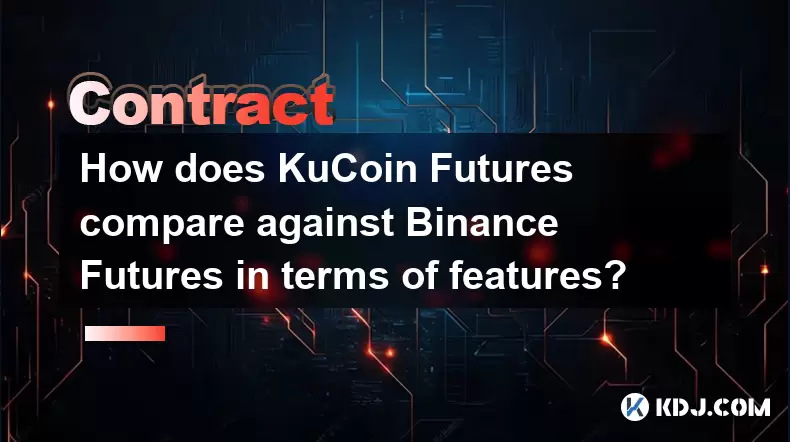
How does KuCoin Futures compare against Binance Futures in terms of features?
Aug 09,2025 at 03:22am
Trading Interface and User ExperienceThe trading interface is a critical component when comparing KuCoin Futures and Binance Futures, as it directly i...
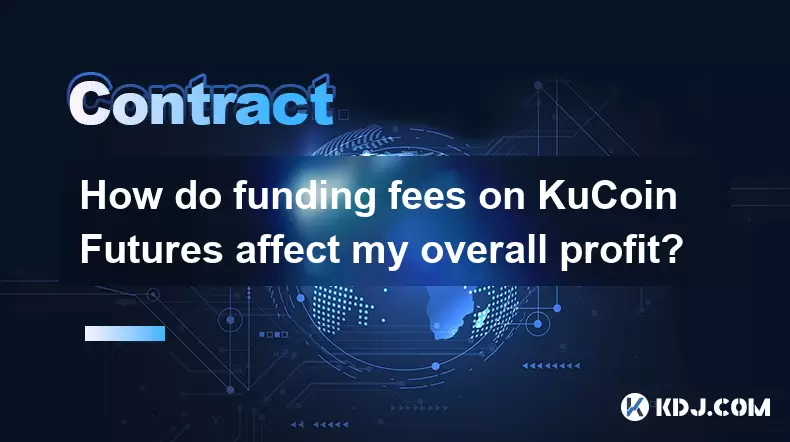
How do funding fees on KuCoin Futures affect my overall profit?
Aug 09,2025 at 08:22am
Understanding Funding Fees on KuCoin FuturesFunding fees on KuCoin Futures are periodic payments exchanged between long and short position holders to ...
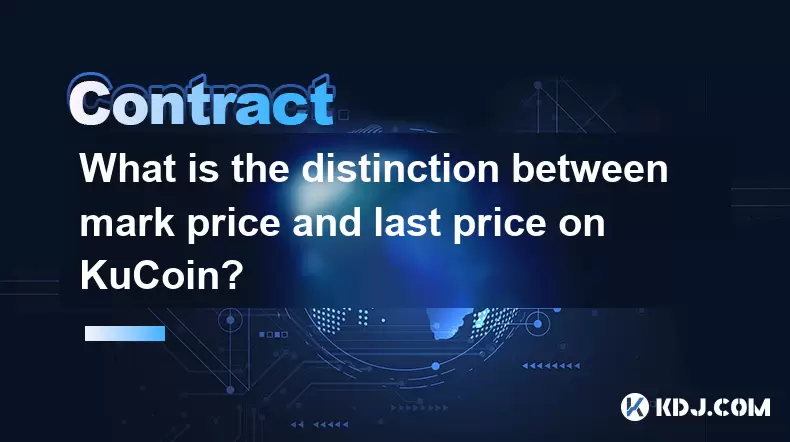
What is the distinction between mark price and last price on KuCoin?
Aug 08,2025 at 01:58pm
Understanding the Basics of Price in Cryptocurrency TradingIn cryptocurrency exchanges like KuCoin, two key price indicators frequently appear on trad...

Is it possible to adjust the leverage on an open position on KuCoin?
Aug 09,2025 at 08:21pm
Understanding Leverage in KuCoin Futures TradingLeverage in KuCoin Futures allows traders to amplify their exposure to price movements by borrowing fu...

What cryptocurrencies are supported as collateral on KuCoin Futures?
Aug 11,2025 at 04:21am
Overview of KuCoin Futures and Collateral MechanismKuCoin Futures is a derivatives trading platform that allows users to trade perpetual and delivery ...

What is the difference between realized and unrealized PNL on KuCoin?
Aug 09,2025 at 01:49am
Understanding Realized and Unrealized PNL on KuCoinWhen trading on KuCoin, especially in futures and perpetual contracts, understanding the distinctio...

How does KuCoin Futures compare against Binance Futures in terms of features?
Aug 09,2025 at 03:22am
Trading Interface and User ExperienceThe trading interface is a critical component when comparing KuCoin Futures and Binance Futures, as it directly i...

How do funding fees on KuCoin Futures affect my overall profit?
Aug 09,2025 at 08:22am
Understanding Funding Fees on KuCoin FuturesFunding fees on KuCoin Futures are periodic payments exchanged between long and short position holders to ...

What is the distinction between mark price and last price on KuCoin?
Aug 08,2025 at 01:58pm
Understanding the Basics of Price in Cryptocurrency TradingIn cryptocurrency exchanges like KuCoin, two key price indicators frequently appear on trad...
See all articles





















